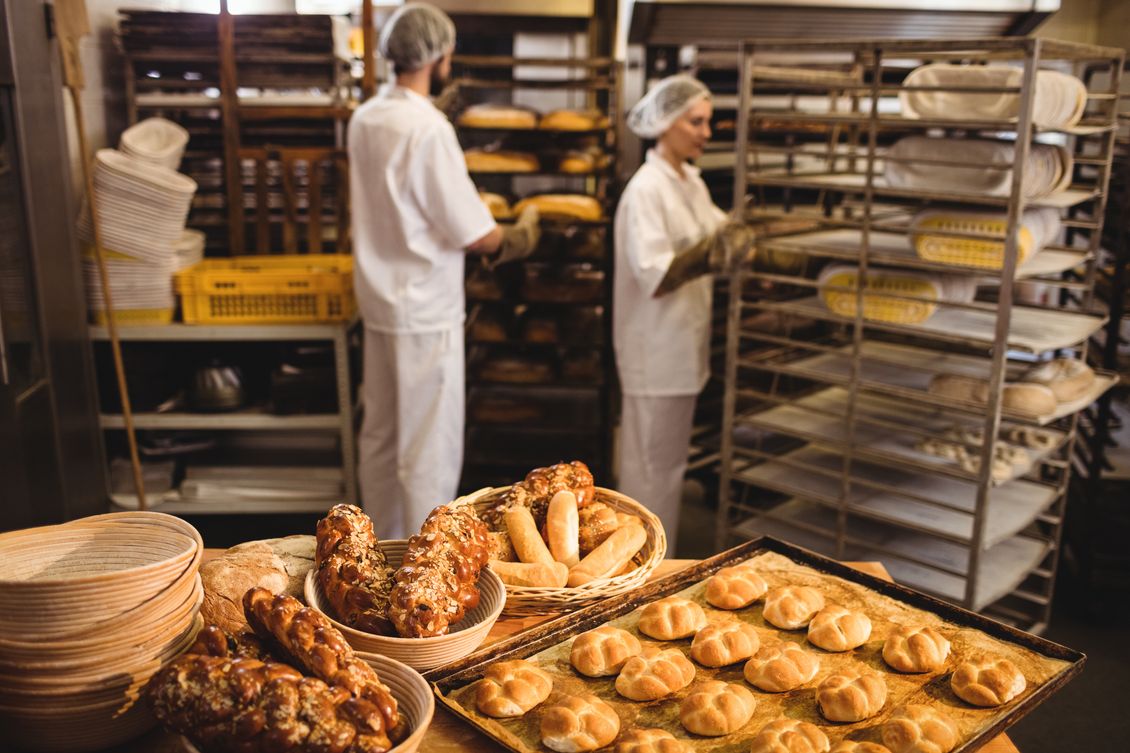
We’ve mentioned the use of blockchain to increase traceability in food supply chains a couple of times on the blog and in our newsletters. But today, we want to give blockchain tech some more focused attention – and look at how it can build transparency and traceability into food systems.
A 2021 report by the UNDP, titled Blockchain for Agri-Food Traceability, stated that:
“The unique aspects of blockchain technology — particularly, transparency and immutability — can address issues related to income inequity, environmental degradation, human rights violations, and food safety in agri-food supply chains.”
But what is blockchain – and how can it do all of that?
Most commonly associated with cryptocurrencies, blockchain is a distributed database or ledger that is shared between a network of computers or ‘nodes’. Nodes are pairings of devices and stakeholders that are involved in running the protocol software of a decentralised network – forming the governing infrastructure of a blockchain.
Blockchain tech stores data in blocks – all of which are linked together in a chain. And because it’s impossible to delete or modify any part of the chain without consensus from the whole network, the data stored in these blocks is always chronologically consistent.
This means that a blockchain ledger can’t be altered after data has been entered, without also altering all subsequent blocks with the agreement of every piece of the network.
In short, you can’t fake it. Anyone viewing a blockchain ledger can see the full journey of any piece of data within that ledger. There’s no one central computer that can make changes without the consensus of the rest of the network.
In the F&B industry, blockchain technology can:
And all of this contributes to one overarching benefit for the F&B industry and for consumers: increased trust.
With traceable, verifiable, and detailed data that can be publicly accessed, consumers gain greater insight into the food products they buy. They can understand where and how their food is produced, how it’s harvested and transported, and any cross-contaminations with other food products or chemicals that might have occurred. People get to know their food – and in doing so, they get to trust the companies that supply it.
Yes. According to Michigan State University, large scale companies including Bumblebee Foods, Tyson Foods, Kraft Heinz, Nestlé, and Walmart are all using or testing out blockchain technology.
The UNDP report noted that a 2021 study of 80 projects found that 19% of blockchain products in agri-food supply chains had adopted the blockchain network Ethereum, while 10% used Hyperledger Fabric. Nestlé has been using the IBM Food Trust blockchain ledger since 2017. And according to data from InsightAce Analytic, the market size for blockchain in agriculture and food supply chains was valued at USD $285.34 million in 2022, and is predicted to reach $7378.68 million by 2031 – growing at a CAGR of 43.76%.
We’re excited to see what happens next for blockchain technology in the food industry. Because from improving the public image of F&B, to improving industry efficiency and streamlining supply chain processes – there’s huge potential for blockchain to support the sustainable future of food and food business.
Take your seat at the InFlavour table, a government-backed and world-leading B2B food event by Tahaluf.
E-mail address SubmitWant to keep up to date with all our latest news and information? Enter your name below to be added to our mailing list.
E-mail address Submit